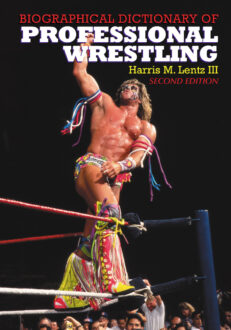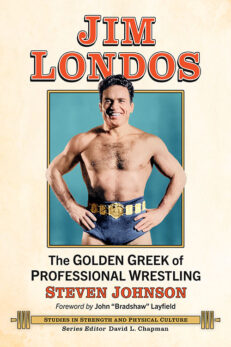Subtotal: $35.00
Women Labor Activists in the Movies
Nine Depictions of Workplace Organizers, 1954–2005
Original price was: $39.95.$31.99Current price is: $31.99.
In stock
About the Book
Some of the most indelible images of women in recent American film have been of working women fighting for labor reform or to expose corporate corruption. This critical text explores films with female labor activists as main protagonists, illuminating issues of gender and class while depicting the challenges of working class women. Films covered include Salt of the Earth, Pajama Game, Union Maids, With Babies and Banners, Norma Rae, Silkwood, and Live Nude Girls Unite!
Through comparative analysis, the text examines the responses of these films to the labor and feminist movements of the last half century, and how American cinema has articulated notions of disempowerment, ambivalence and, at times, the resistance of both women and the working class at large.
About the Author(s)
Bibliographic Details
Jennifer L. Borda
Format: softcover (6 x 9)
Pages: 240
Bibliographic Info: 9 photos, notes, bibliography, index
Copyright Date: 2011
pISBN: 978-0-7864-4841-8
eISBN: 978-1-4766-0683-5
Imprint: McFarland
Table of Contents
Acknowledgments vi
Introduction 1
1. Rising Up Against the Dominant: The Multiple Transgressions of Salt of the Earth 15
2. Working-Class Women, Protofeminist Performance, and Resistant Ruptures in the Movie Musical The Pajama Game 47
3. Recovering Women Activists’ Voices: Union Maids, With Babies and Banners, and the Feminist Historical Documentary 73
4. Hollywood’s Working-Class Heroines: Norma Rae, Silkwood, and the Politics of the Docudrama 101
5. Negotiating Feminist Politics in the Third Wave: Labor Struggle and Solidarity in Live Nude Girls Unite! 141
6. Hollywood’s Feminist Labor Heroines Moving Into the Twenty-first Century: Have We Really Come a Long Way? 164
7. Fifty Years of Female Labor Activism in Film: Mapping the Rhetorical Tensions 189
Chapter Notes 199
Bibliography 213
Index 225
Book Reviews & Awards
“the author evaluates the rhetorical form and content of each film to determine how film structure and style, as well as story elements such as plot, character development, and setting, influence how the story gets told. She examines how films have played a role in shaping our ideas about the political impact and cultural significance of various social experiments, and how the cultural conversations produced by the media construct our ideas about women, social classes, and working-class culture”—Reference & Research Book News.

 Marie Dressler
Marie Dressler 




